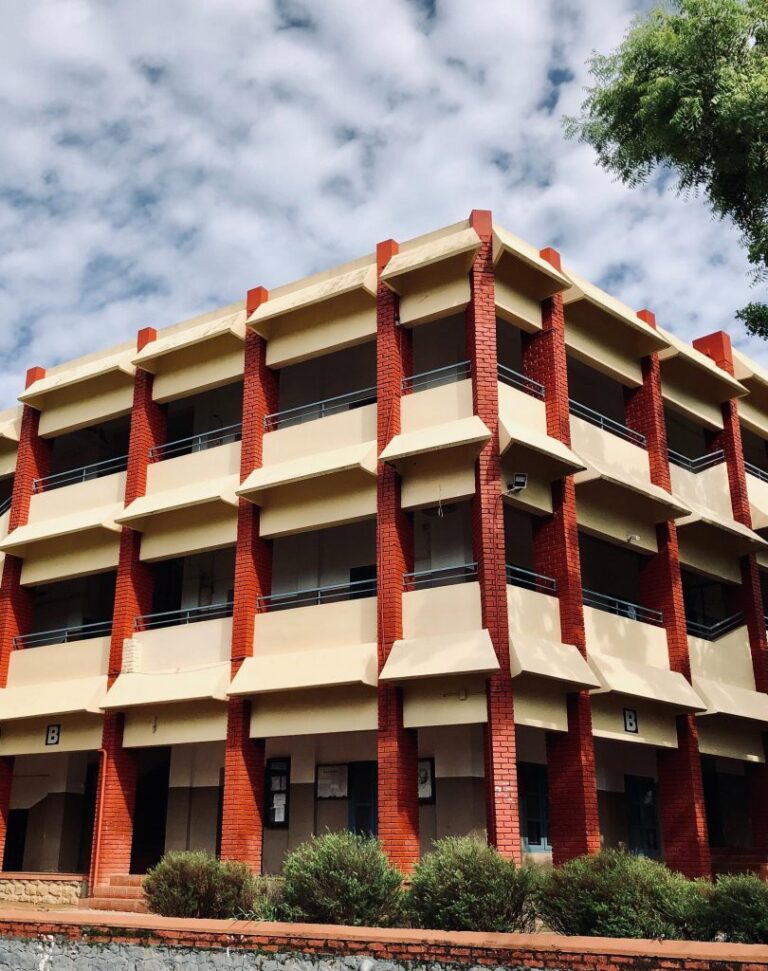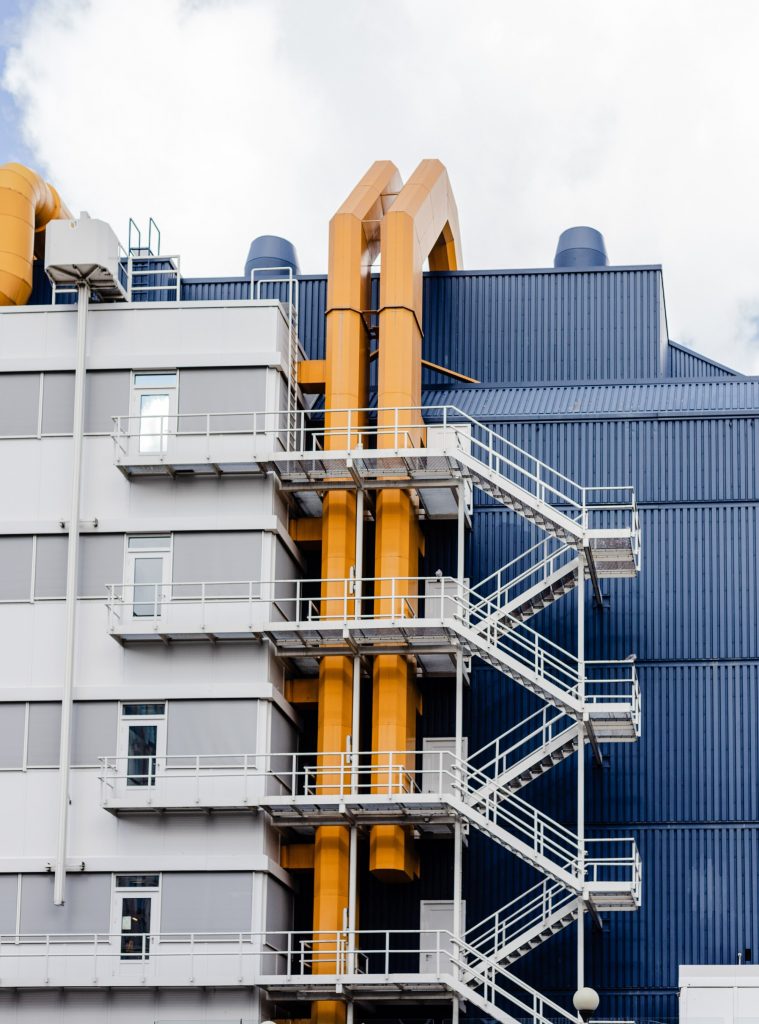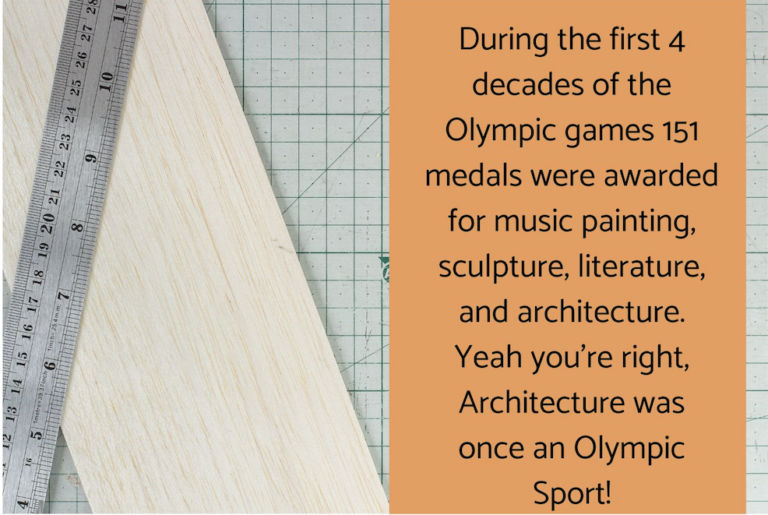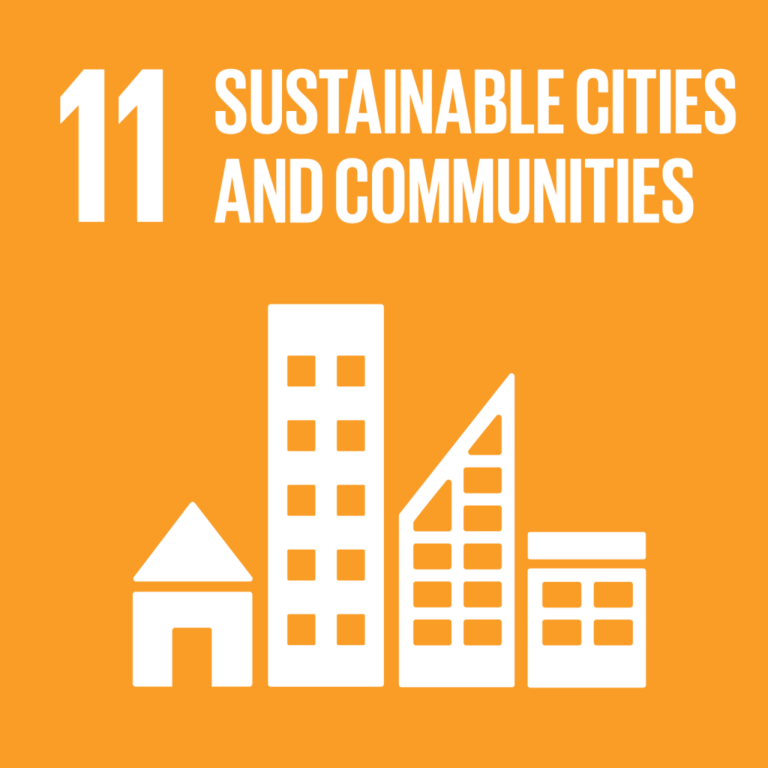Everyday Architecture Around Me
Each Student to World online course includes both text-based and video-based curriculum options. Both versions have the same content, so individual students can choose the method that works best for them.

Where do you sleep? Think about the space where you rest your head every night. What do the decorations and personalizations of your sleep space tell us about you and your life?
Do they tell a story about your life circumstances? Do they give us hints about your values and identities? Do they reveal how your body moves in space?
Is the place where you sleep somewhere you feel like you belong? And what does your sleep space have to do with a career in architecture?


If you do not have an answer yet, there is nothing to worry about. We will explore all of these ideas and more as we look at what architecture can mean to all of us personally and, maybe one day, professionally.
But, first of all, what is architecture?
Well, architecture has been described as a “vocation, a science, and a business,” and for you, it may also be a career of interest. Some architectural projects provide for our basic needs, like residential architecture such as homes, apartments, and hotels. Some are used for commercial or business purposes.
Others are more institutional, like hospitals, jails, nursing homes, and sanitation facilities. Then there are educational buildings such as schools, colleges/universities, and daycare centers. There are places designed specifically for gatherings like restaurants, museums, clubs, and religious institutions, or for industrial production, like factories, plants, refineries, and mills. There are even buildings just for managing hazardous materials and waste.


Some of the skills architects need include design, communication, research, observation, listening, collaboration, attention to detail, analytical thinking, and imagination. In order for their work to promote justice and sustainability, they should know how to do Universal Design.
Universal Design is a way of planning for architectural spaces so that everyone can use them. Old people, young people, disabled people, all people need to be considered in universal design. With a Universal Design approach, we don’t just design for the average person, we design for all people, thinking first about what someone with any mobility challenges, impairments, or disabilities might need in order to use the entire space.
About This Course
This course was created by our unique, youth-led global internship program. Visit the course page to view learning objectives, standards alignments, content formats, and more.
Key Vocabulary
Analytical. adj. Relating to or using analysis or logical reasoning.
Infrastructure. n. The system of public works of a country, state, or region.
Refineries. n. A person, device, or substance that removes impurities, sediment, or other unwanted matter from something.
Sanitation facilities. n. Facilities that hygienically separate human waste from human contact.
Register
Teachers, Educators, & Leaders
Create an account and invite students or youth participants.
Students
If your teacher or group facilitator gave you a code.
Independent Learners
Take a course on your own.
Already have an account?

While the construction of architecture often starts as a business, architects have the responsibility to design with the principles of justice, belonging, accessibility, and sustainability in mind in order to develop structures that benefit all members of any given community or society at large.
So why are we asking about where you sleep in a curriculum about architecture?
Sleep is a universal human need and architecture serves the function of providing spaces to meet human needs. Let’s connect where you sleep to considerations of justice, belonging, accessibility and sustainability:
- Do you wish you had a different space to sleep in?
- Do you know people with better or worse sleeping conditions than yours?
- Do you think it’s fair that you sleep where you do?
- What is the impact of where you sleep on the environment?
- Are there any inaccessible architectural structures on the way to your sleep space, like stairs, narrow doorways or poor lighting?

Your sleep space alone raises important questions about how the world of architecture can contribute to or take away from justice, belonging, accessibility and sustainability.
So, let’s go over these four concepts as they relate to the theme of Architecture:
Justice in architecture means that all plans and designs reflect society’s diversity with focused attention to the unique and varied needs of marginalized communities.
Belonging in architecture means that our built environments reflect our diverse identities, cultures and needs. When people decorate their living space, they often find a sense of belonging as the ornaments mirror their emotions and values. While every place has unique stories and can cause different emotions in those who enter, the sense of belonging can vary between individuals and groups. Any obstacles to access (like stairs) can suggest that people with mobility disabilities do not belong.
Accessibility in architecture refers to whether a place provides access to people regardless of cognitive and physical abilities and disabilities. Accessible design ensures that both unassisted interaction and assistive technology and mobility devices like wheelchairs or walkers are able to enter and move around easily within the structures.
Sustainability in architecture means that the design minimizes the impact on–or positively impacts–the environment. When architects take an eco-friendly approach to every aspect of their designs, from the blueprint to construction, they are promoting sustainability.
Now, think back to your sleep space and the architectural structure it is in. How might an architect redesign the structural features of where you sleep so they meet the criteria of justice, belonging, accessibility and sustainability?
Justice, belonging, accessibility, and sustainability are important when thinking about architectural infrastructure. Each concept helps us think about how this career can help achieve a more just and sustainable world.
As you consider a career in architecture, it will be important to keep in mind this statement from the United Nations Sustainable Development Goal 11, Sustainable Cities and Communities:

“...The better the conditions you create in your community, the greater the effect on the quality of life.”
Indeed, the better the architectural design is at achieving justice, belonging, sustainability and accessibility, the better the quality of life for every community member.
In the video below, we’ll hear youth from around the world talking about what architecture makes them feel like they belong or don’t belong.
You’re ready to explore…
To explore stories and resources, register for this course!
Register
Teachers, Educators, & Leaders
Create an account and invite students or youth participants.
Students
If your teacher or group facilitator gave you a code.
Independent Learners
Take a course on your own.
Already have an account?
About This Course
This course was created by our unique, youth-led global internship program. Visit the course page to view learning objectives, standards alignments, content formats, and more.
Key Vocabulary
Analytical. adj. Relating to or using analysis or logical reasoning.
Infrastructure. n. The system of public works of a country, state, or region.
Refineries. n. A person, device, or substance that removes impurities, sediment, or other unwanted matter from something.
Sanitation facilities. n. Facilities that hygienically separate human waste from human contact.
Register
Register
Teachers, Educators, & Leaders
Create an account and invite students or youth participants.
Students
If your teacher or group facilitator gave you a code.
Independent Learners
Take a course on your own.

